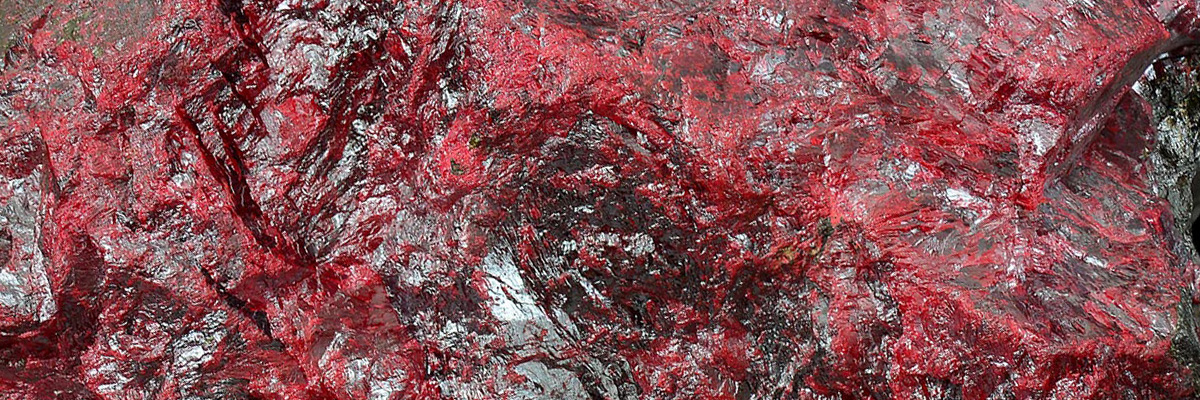Cinnabar is a mercury sulfide mineral known for its striking red to brownish-red color and its adamantine to dull luster. Its physical characteristics include massive, granular, or crystalline structures, with the latter being more rare. Cinnabar is commonly found in hydrothermal veins and hot spring deposits, often associated with minerals such as stibnite, realgar, and quartz.
Usage
Cinnabar is an essential ore for the production of mercury, which is used in various applications such as thermometers, barometers, and electrical switches. Historically, mercury has also been used in gold and silver mining to amalgamate precious metals. Additionally, cinnabar has been used as a pigment, known as vermilion, for centuries in paint, pottery, and cosmetics due to its vibrant red hue. However, due to its toxicity, the use of cinnabar as a pigment has been largely discontinued in favor of synthetic alternatives.
Gemstone
Although cinnabar is not typically considered a gemstone, it has been used for ornamental purposes in carved sculptures, seals, and amulets throughout history. When cinnabar occurs as inclusions within translucent quartz, the resulting material is sometimes used for decorative purposes, such as in jewelry or carved objects. However, care must be taken when handling cinnabar due to its mercury content.
Origin
Cinnabar forms in nature through hydrothermal processes, often occurring in areas of volcanic or geothermal activity. Mercury is mobilized from rocks and sediments in the Earth’s crust and combines with sulfur to form cinnabar. This process can occur at various depths and temperatures, and the resulting cinnabar deposits can be found in a range of geological environments.
Occurrence
Cinnabar is found in a variety of geological settings, predominantly in hydrothermal veins, hot spring deposits, and volcanic regions. Some of the most significant deposits of cinnabar can be found in Spain, China, Mexico, and the United States. These areas are known for their abundance of geological environments suitable for the formation of cinnabar minerals.
Metaphysical
In metaphysical and spiritual practices, cinnabar is believed to have a range of properties. The mineral is said to help individuals release negative energies and emotions, and to promote feelings of confidence, motivation, and personal power. Cinnabar is also considered a stone of transformation, aiding in the process of personal growth and change. Additionally, the mineral is believed to attract wealth and prosperity, making it a popular talisman in certain cultural and spiritual practices.
| Class | Sulfides |
| Formula | HgS |
| Luster | Adamantine to dull |
| Hardness (Mohs) | 2 – 2.5 |
| Streak | Scarlet |
| Color | Red, brownish-red |
| Cleavage | Perfect in one direction, poor in two other directions |
| Specific Gravity | 8.1 |


